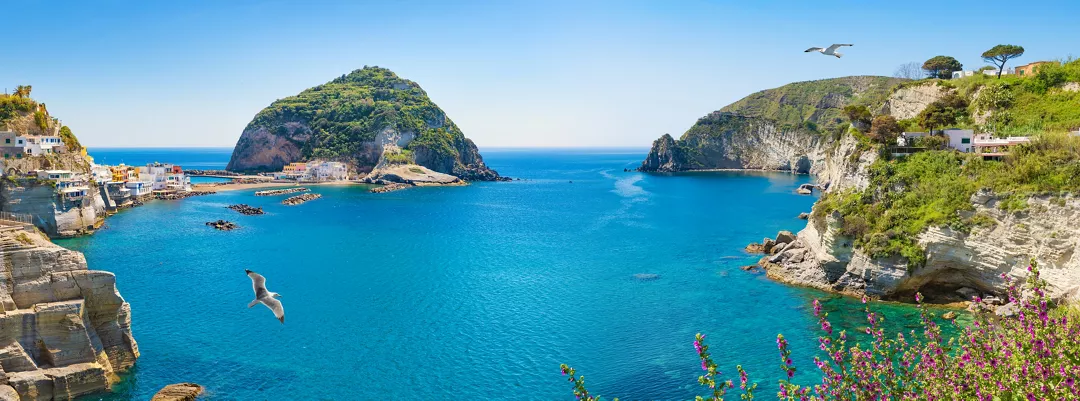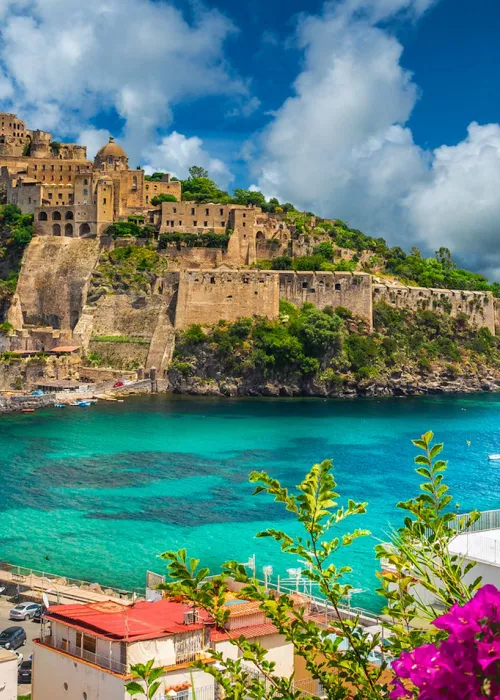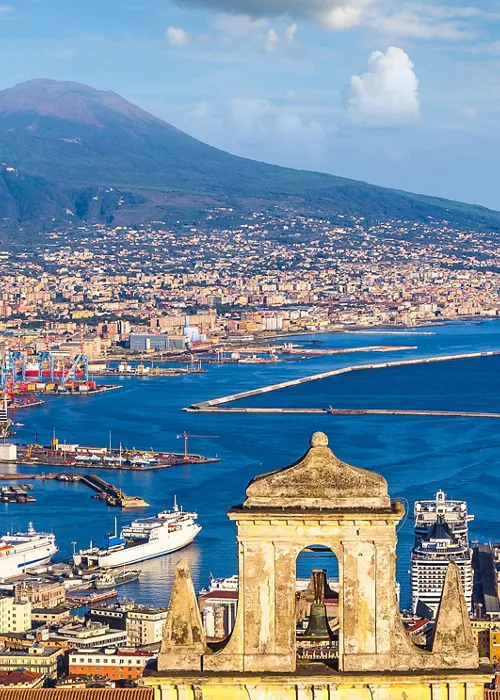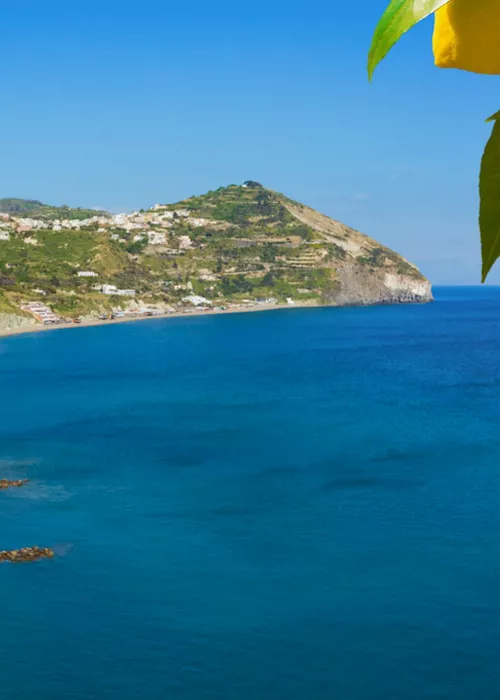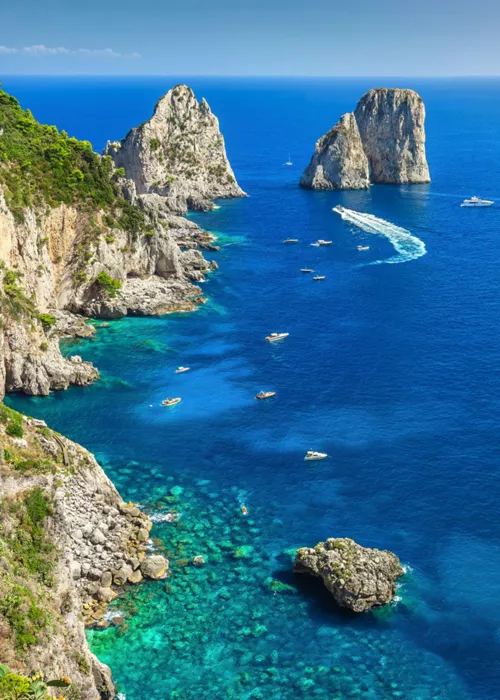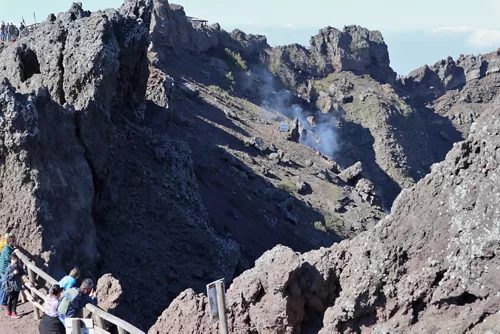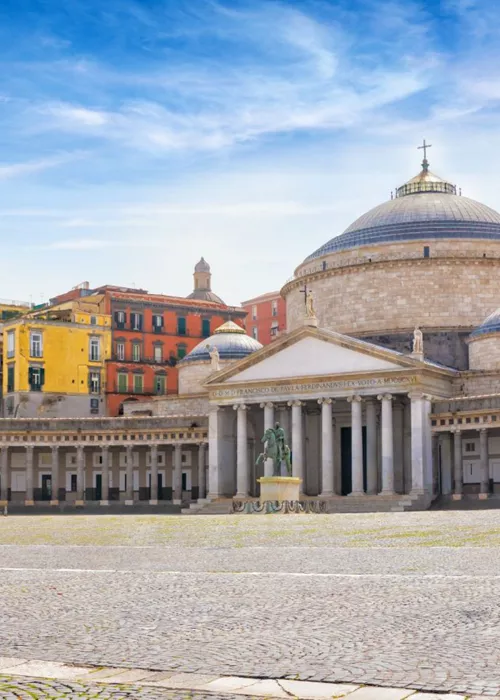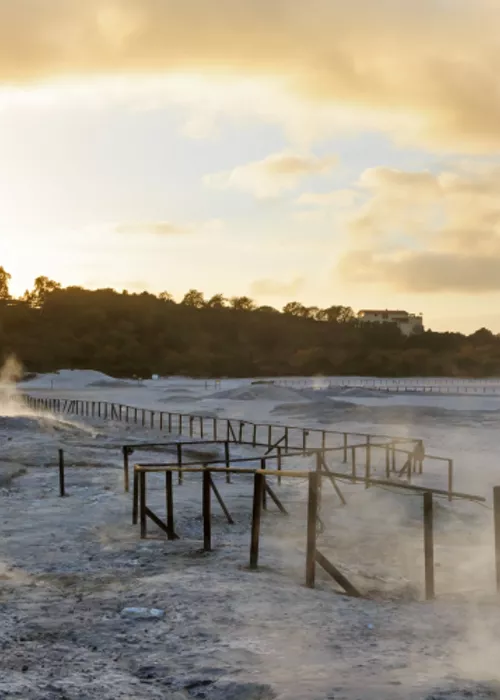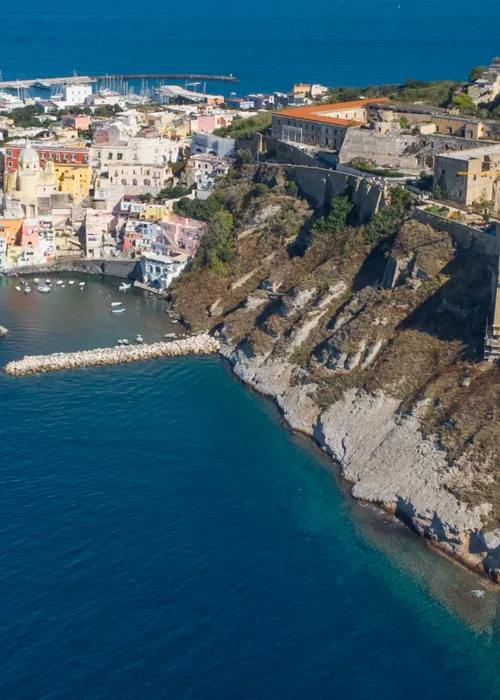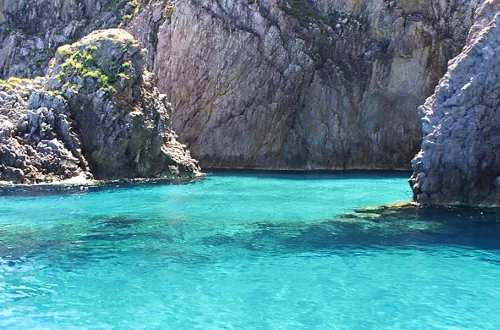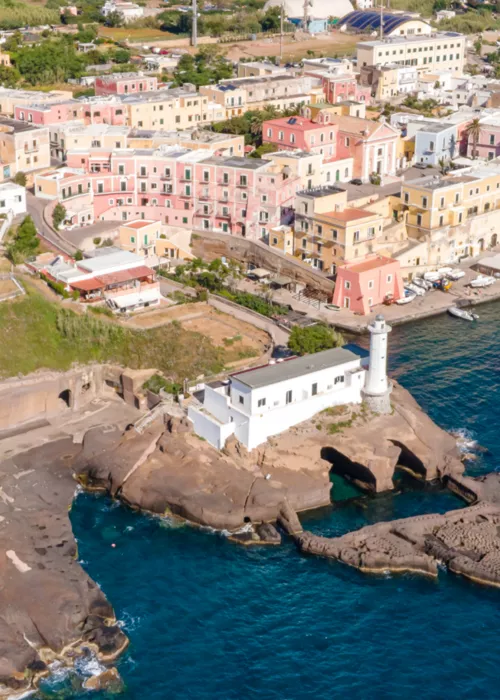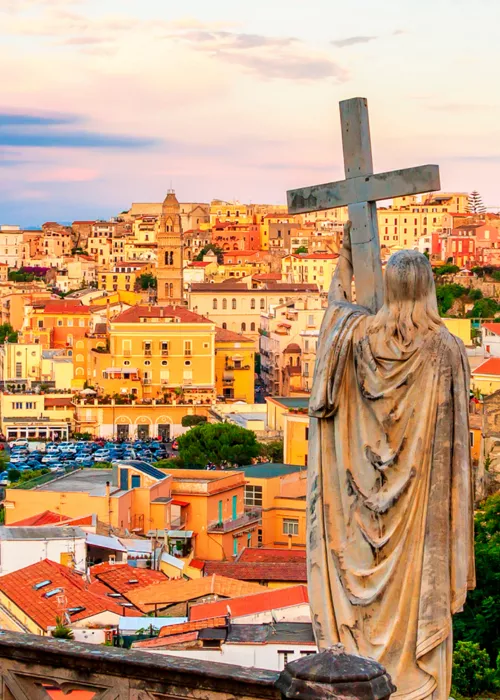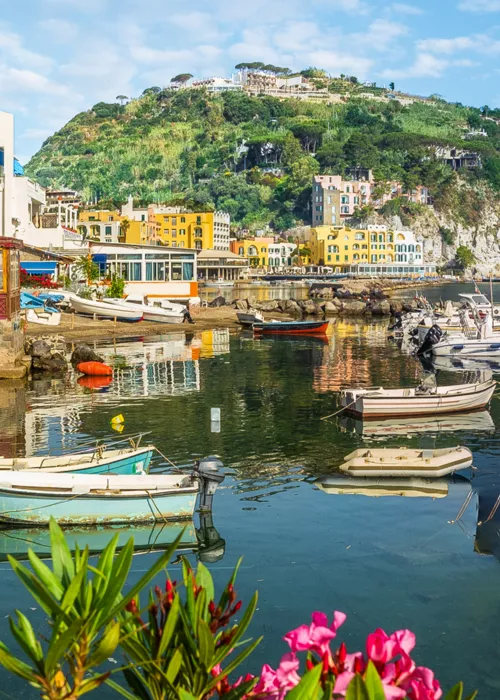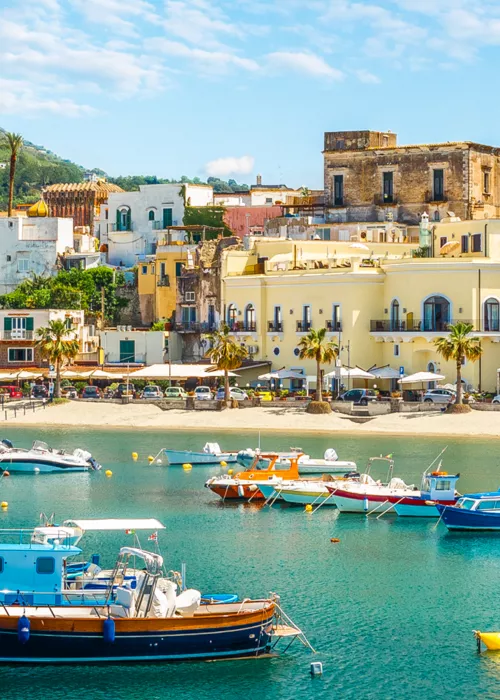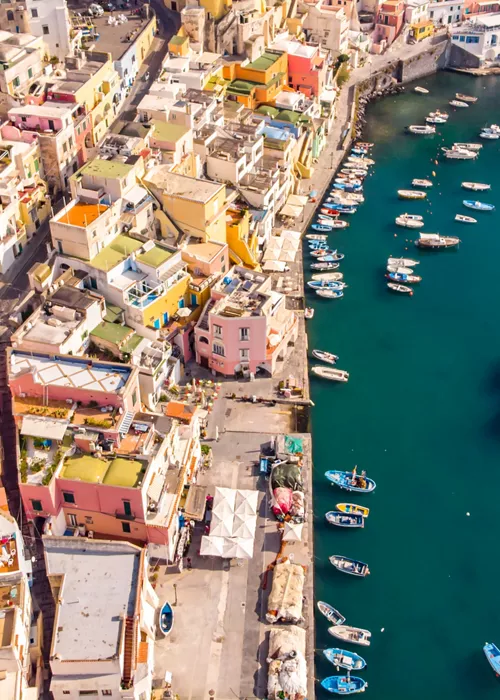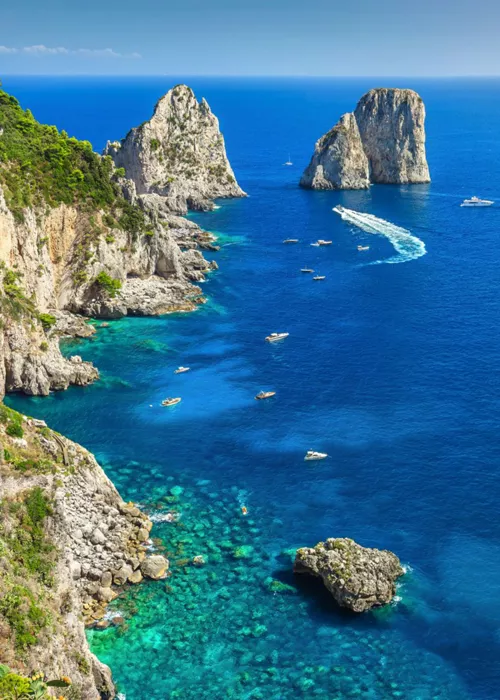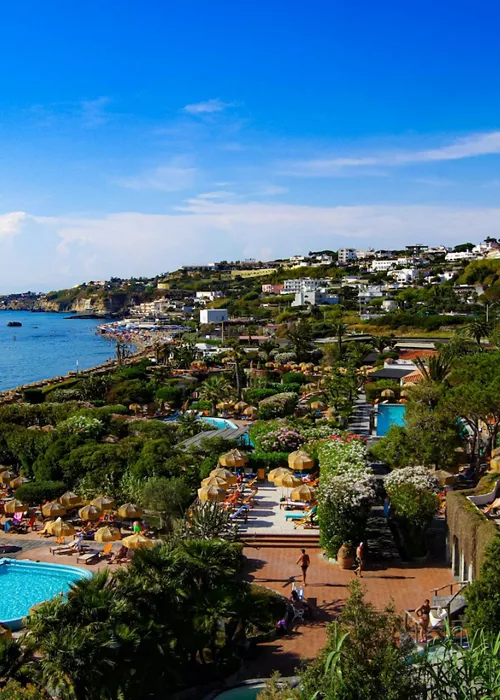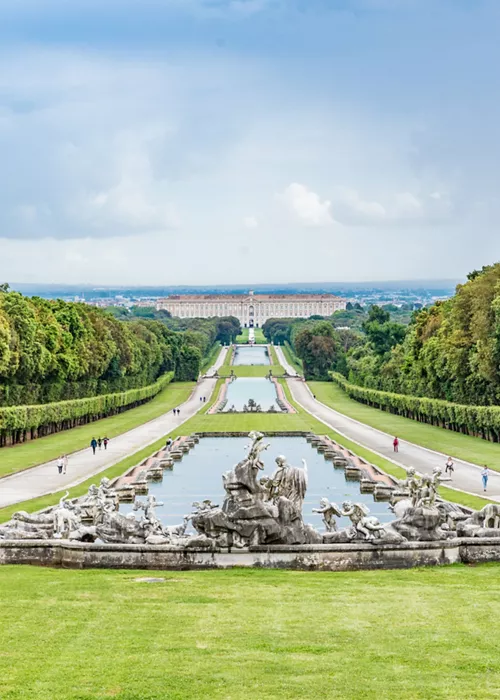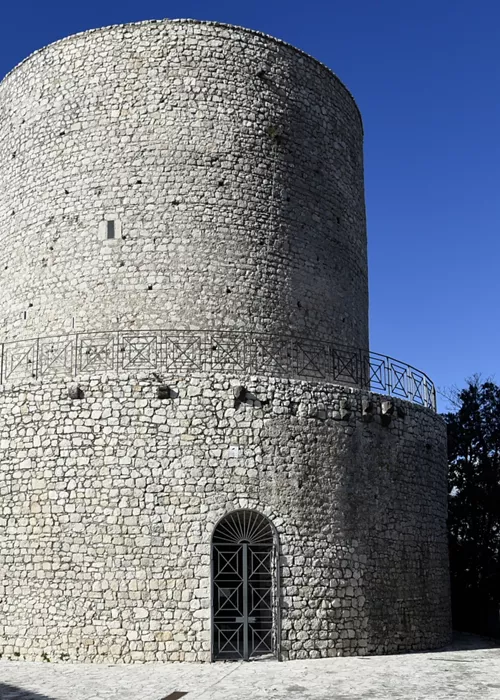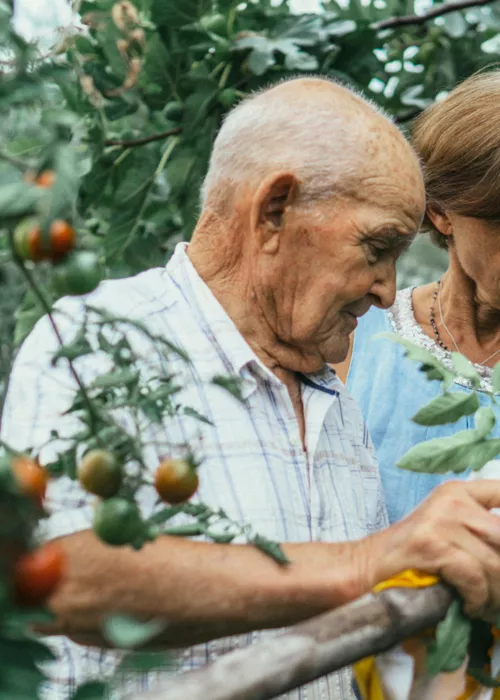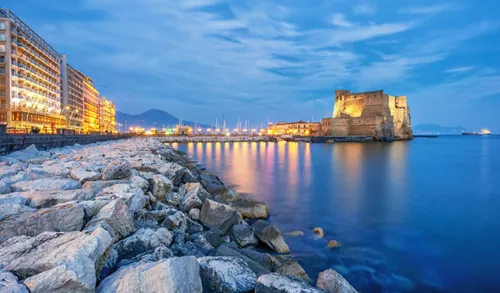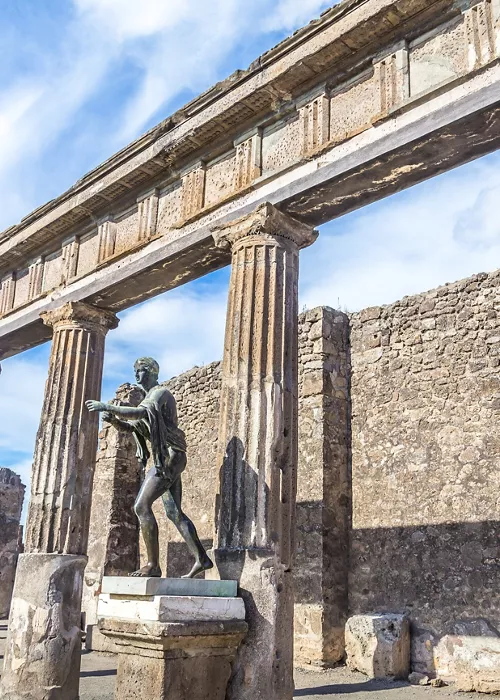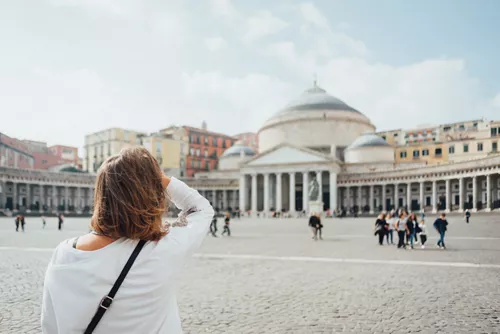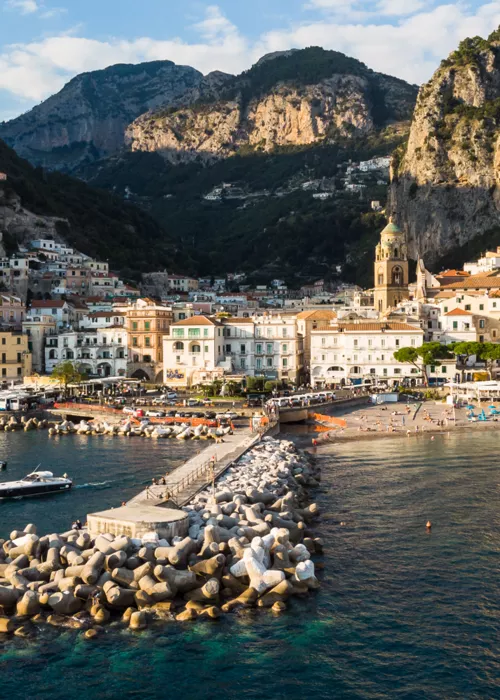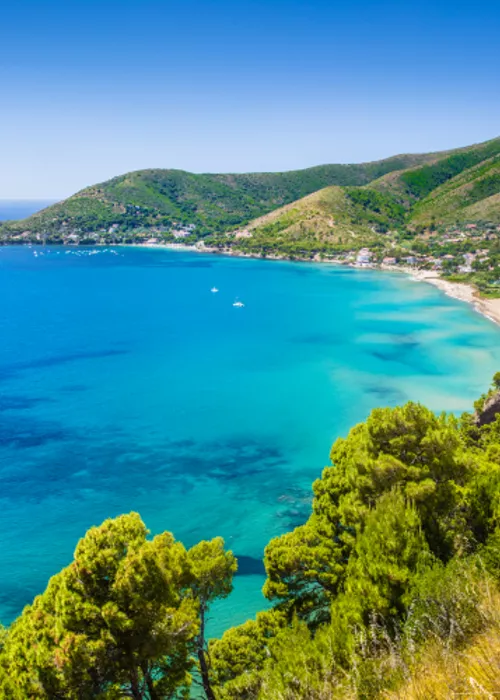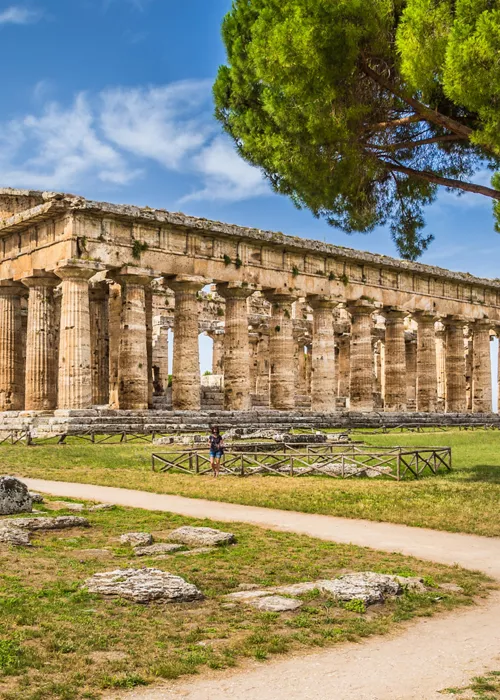The Paths of Ischia
4 minutes
Ischia - also known as the island of the sun god - is of volcanic origin with small towns set along the coastline and a Mediterranean climate. It’s engulfed by magnificent colours and wild fragrances as early as in March, when the beginning of the warmer weather is announced by the undergrowth covered with cyclamens and violets and the brilliant green trees of the Mediterranean scrub. There are many activities to participate in on this marvellous island, from hiking and cycling for sports and nature enthusiasts, to enjoying thermal treatments and touring the many attractions such as the charming peninsula of Sant’Angelo. There are also several places to visit and things to do here.
Itineraries
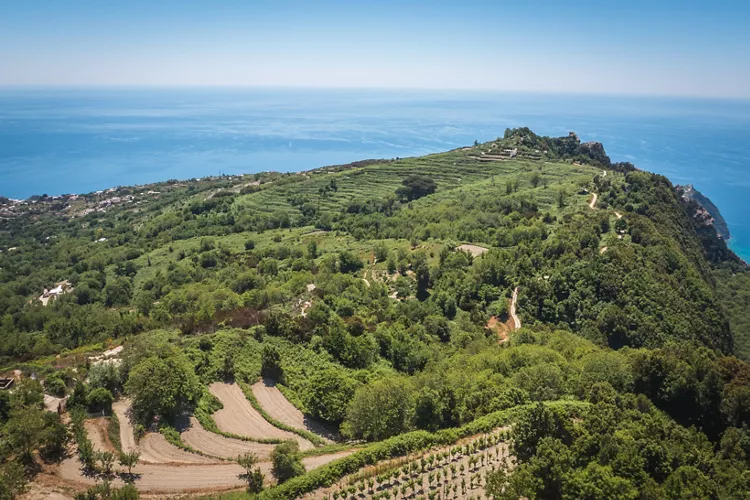
Let’s start with a tour especially for wine lovers. Vine growing has been carried out for millenniums in Ischia. In fact it was first introduced by the ancient people of Euboea. A phrase engraved on Nestor’s goblet (found in Lacco Ameno on Mount Vico) also refers to the good local wine. Those who would like to enjoy spectacular scenery overlooking the Gulf of Naples and to admire the vineyards, as well as the chestnut plantations, ferns, heather and wild flowers, should start out in Buonopane and head in the direction of Faiano, crossing the areas of Candiano, Piano San Paolo, Cannavale and Cirillo along the way.
Volcanological excursions
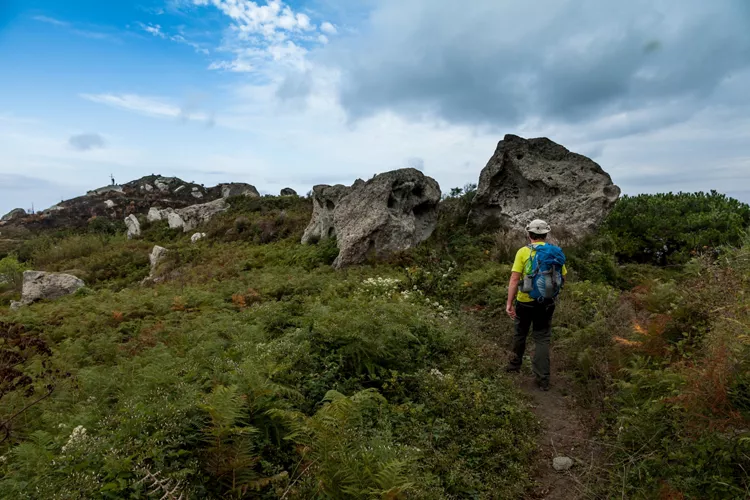
Instead, take a volcanic tour starting out in Faiano, crossing the areas of Marecoppo, Mount Trippodi, Buceto, Carusiello, Cretaio, Fondo Ferraro, Casa Arcamone and Bosco dei Conti, which in addition to offering a scenic view of Ischia and the Aragonese castle, also allows visitors to admire the Buceto Springs, Fondo Ferraro crater and the Arso lava flow (which is proof of the last eruption in 1302 that destroyed the medieval town of Geronda). The largest section of the flow (2.7 km long) is close to the sea and forms Molina Point. Its irregular surface dotted with lava blocks and large scoria is now covered with a dense pine forest, which was planted on the wishes of Ferdinand II. Go to the areas of Testaccio and Mount Cotto, where you’ll have an amazing view of the Guardiola fortress and to admire the island’s numerous little bays such as San Pancrazio, Maronti and Cava Grado. Lastly, we strongly recommend everyone climb up Mount Epomeo. It takes about an hour and if you start out from the Fontana area, you’ll reach the highest summit where you’ll get a stunning view of the island, Capri, the Sorrento Peninsula and the Lattari Mountains, Naples, the Phlegraean Fields with Mount Procida - and if you’re lucky of Ponza, Ventotene and Gaeta.
Springs
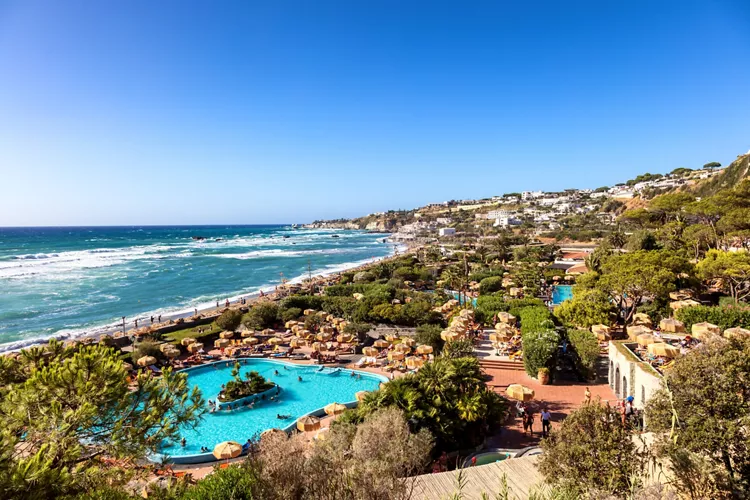
Then, if you’d like to follow the advice of Apuleius who wrote “Take oil from the pantry and a cloth to rub the oil on my guest and bring him to the nearest thermals baths because I know he is tired, after such a long and difficult journey”, Ischia is the ideal place considering the numerous springs, fumaroles and mud baths that are used by the spas and wellness centres to make tourists’ stays not only pleasant but also healthy. The town of Ischia is home to the Fornello basins (with springs at a temperature of 45°) and the Pontano spring, whose water is cooler and saltier. The town of Casamicciola is the location of the Gurgitello, Sinigaglia and Cotto springs, whose water temperature can reach 65°. The water of La Rita springs spurts out from the bottom of an inactive crater also in Casamicciola, while the springs in the thermal park of Castiglione were dedicated to the god Apollo. The Santa Restituta, Regina Isabella and San Montano springs are in the area of Lacco Ameno. The Citara and Agnone springs (the first one protected by the goddess Venus) are in Forio. A few hours at the Poseidon thermal baths is also a must.
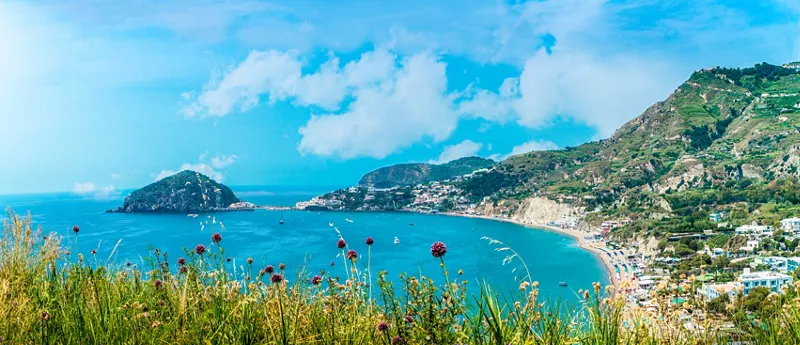
The first springs ever to be used for healing purposes are near Maronti (the longest beach in Ischia - about 2 km long). They are the Olmitello (“elimination of stones” in Greek), Nitrosi (which in mythology were protected by the Nitrosi nymphs) and Cava Scura (where the temperature of the water reaches 72°) springs. There are also the Cava Chiara, Gondola and Afrodite springs and the ones of the Vittorio hotel, which are all taken advantage of by the spas.
To visit
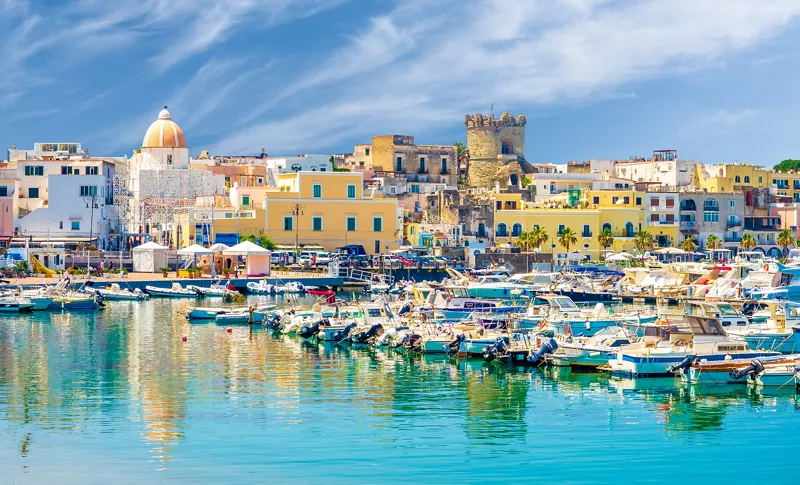
Those looking to combine relaxation and culture should take a tour of the Aragonese castle (a fortification built on the wishes of Alfonso of Aragon in the middle of the 1400’s) and the Michelangelo Tower (in front of the castle). Don’t forget to tour the sanctuary of Madonna di Montevergine and the Lady Walton museum-garden in Forio (also known as La Mortella), which was created by the wife of composer William Walton. It houses several collections of plant species from many different countries. Lastly, any tour of Ischia should include shopping along its seaside promenade and harbour, where there are many quaint little shops and larger boutiques.

